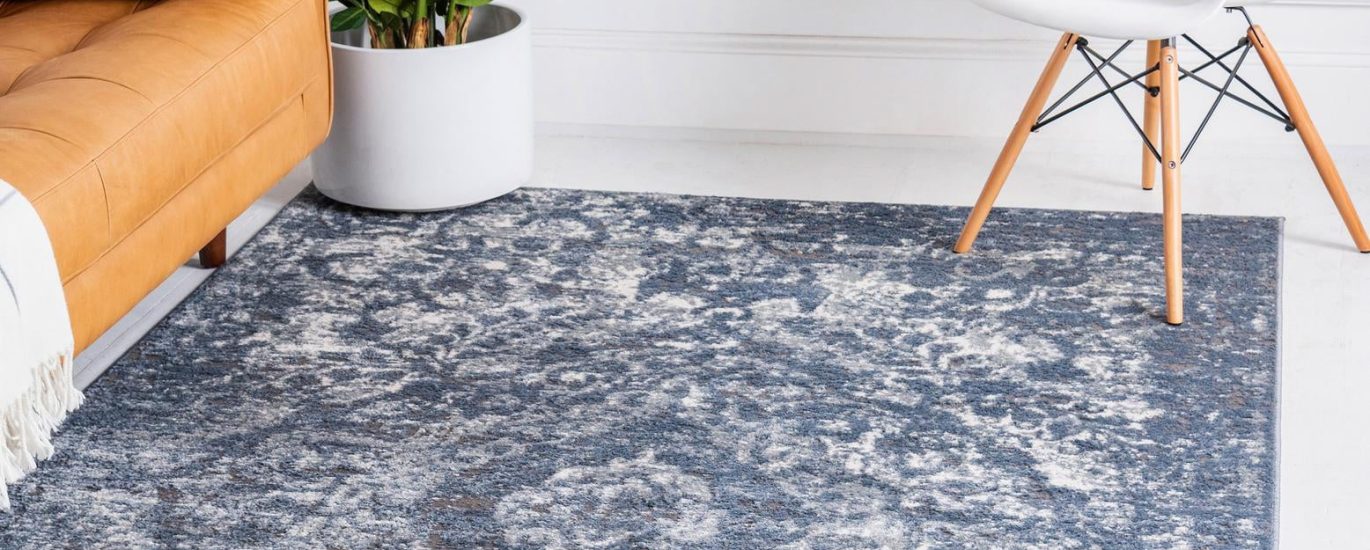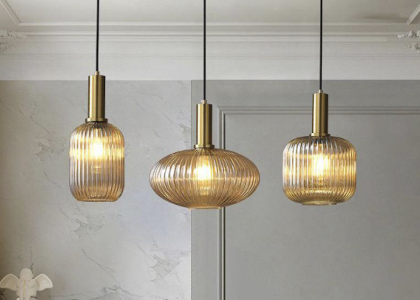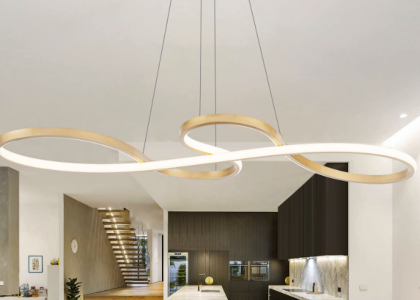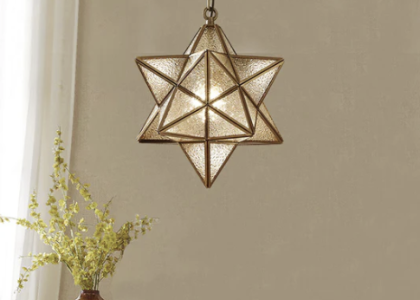Introduction
Scandinavian design has long been renowned for its simplistic yet functional aesthetic. Originating in the Nordic countries of Denmark, Sweden, Norway, Finland, and Iceland, this design philosophy emphasizes the importance of form and function, clean lines, and minimalism.
Despite emerging in the 1950s, Scandinavian design remains as relevant and popular as ever, demonstrating its timeless charm and enduring influence. In this article, we will explore the key elements of Scandinavian design and its enduring impact on the world of design and architecture.
Minimalism and Simplicity
At the heart of Scandinavian design is a focus on minimalism and simplicity, with designers emphasizing clean lines and uncluttered spaces. This style draws inspiration from the natural world, with a preference for natural materials such as wood, stone, and leather.
Scandinavian design places a high value on functionality, ensuring that every object has a purpose and is designed to maximize efficiency. This minimalist approach to design aims to create a sense of calm and tranquility, reflecting the ethos of the Nordic lifestyle.
Functionality and Practicality
Scandinavian design is steeped in functionality and practicality, with an emphasis on creating designs that are not just beautiful, but also serve a purpose. This philosophy can be seen in the design of furniture, where clean lines and simple shapes aim to create a sense of harmony and balance.
In the world of architecture, Scandinavian designers have applied this principle to create buildings that are both visually striking and highly efficient, with a focus on natural light and energy efficiency. The iconic opera house in Oslo, Norway, which opened in 2008, is a prime example of this approach, with its sleek lines and use of natural materials.
Elegance and Sophistication
Despite its focus on simplicity and minimalism, Scandinavian design is also known for its elegance and sophistication. This can be seen in the craftsmanship of Nordic furniture, which is often characterized by its attention to detail and use of high-quality materials.
Scandinavian design emphasizes a harmonious mix of form and function, with designers constantly seeking new ways to create designs that are both beautiful and practical. Whether it is the clean lines of a Nordic chair or the understated elegance of a Scandinavian home, this design ethos exemplifies a refined sense of style and sophistication.
Influence on Contemporary Design
The influence of Scandinavian design can be seen in contemporary design trends, with designers around the world adopting its principles of simplicity, functionality, and elegance. The popularity of Nordic design has led to a proliferation of businesses specializing in Scandinavian-style furniture, home decor, and lifestyle products.
Simultaneously, the rise of minimalist and sustainable lifestyles has also contributed to the growing popularity of this design philosophy. Today, many people are seeking to declutter their lives and embrace a more minimalist aesthetic, making Scandinavian design more relevant than ever.




